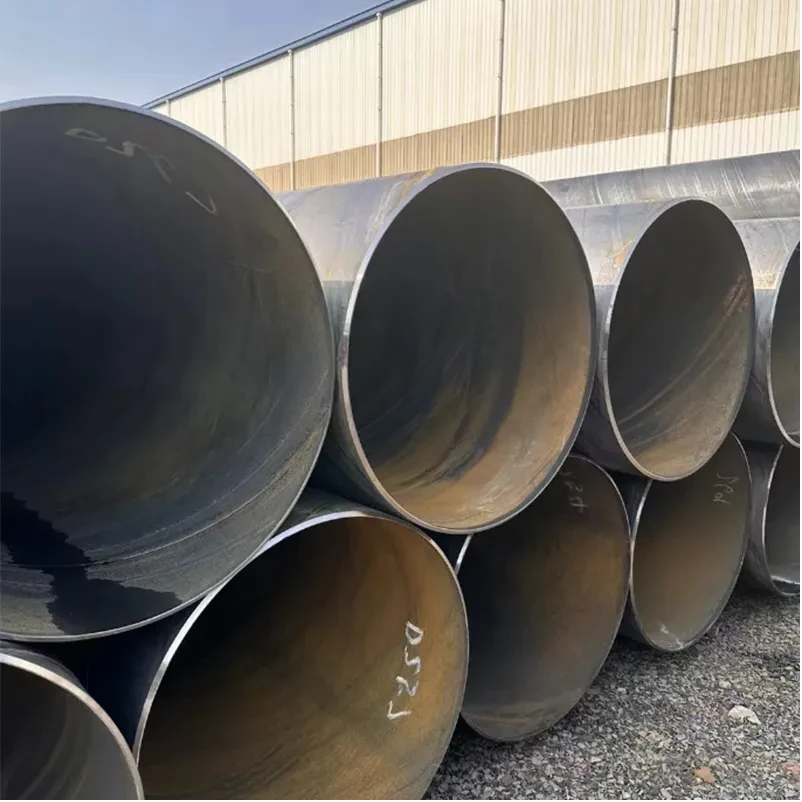-
Cangzhou Yulong Steel Co., Ltd.
-
Phone:
+86 13303177267 -
Email:
admin@ylsteelfittings.com
- English
- Arabic
- Italian
- Spanish
- Portuguese
- German
- kazakh
- Persian
- Greek
- French
- Russian
- Polish
- Thai
- Indonesian
- Vietnamese
- Zulu
- Korean
- Uzbek
- Hindi
- Serbian
- Malay
- Ukrainian
- Gujarati
- Haitian Creole
- hausa
- hawaiian
- Hebrew
- Miao
- Hungarian
- Icelandic
- igbo
- irish
- Japanese
- Javanese
- Kannada
- Khmer
- Rwandese
- Afrikaans
- Albanian
- Amharic
- Armenian
- Azerbaijani
- Basque
- Belarusian
- Bengali
- Bosnian
- Bulgarian
- Catalan
- Cebuano
- China
- China (Taiwan)
- Corsican
- Croatian
- Czech
- Danish
- Esperanto
- Estonian
- Finnish
- Frisian
- Galician
- Georgian
- Kurdish
- Kyrgyz
- Lao
- Latin
- Latvian
- Lithuanian
- Luxembourgish
- Macedonian
- Malgashi
- Malayalam
- Maltese
- Maori
- Marathi
- Mongolian
- Myanmar
- Nepali
- Norwegian
- Norwegian
- Occitan
- Pashto
- Dutch
- Punjabi
- Romanian
- Samoan
- Scottish Gaelic
- Sesotho
- Shona
- Sindhi
- Sinhala
- Slovak
- Slovenian
- Somali
- Sundanese
- Swahili
- Swedish
- Tagalog
- Tajik
- Tamil
- Tatar
- Telugu
- Turkish
- Turkmen
- Urdu
- Uighur
- Welsh
- Bantu
- Yiddish
- Yoruba

Dec . 07, 2024 08:40 Back to list
Flange Blind Plates for Secure Industrial Applications and Efficient Sealing Solutions
Understanding Flange Blind Plates An Essential Component in Piping Systems
In numerous industrial applications, especially in piping and process systems, the reliable management and containment of fluids are paramount. Among the key components that ensure this functionality are flange blind plates. These devices play a vital role in the safety and efficiency of various operations. This article aims to provide a comprehensive understanding of flange blind plates, their applications, advantages, and installation considerations.
What is a Flange Blind Plate?
A flange blind plate, often referred to simply as a blind flange, is a solid piece of metal designed to cover or seal the end of a piping system. Unlike a standard flange that allows for connections and disconnections of pipes, a blind plate closes off the flow, effectively creating a “blind” end in the system. Available in various materials—such as stainless steel, carbon steel, and plastic—blind plates can be tailored for different temperature and pressure conditions, making them versatile for any industrial setting.
Applications of Blind Plates
Blind plates are commonly used in several applications, including
1. Isolating Sections of Piping In situations where maintenance needs to be conducted on a section of a piping system, a blind plate can isolate that section from the rest of the system, preventing the flow of fluids and ensuring safety.
2. Testing and Inspection Blind plates are often utilized during pressure testing and inspections. By sealing off sections of a pipe, professionals can accurately gauge pressure and assess the integrity of the piping system without the risk of fluid escape.
3. Pipeline Modifications When modifications are made to existing piping systems—such as rerouting or redirecting fluid flow—blind plates can be used temporarily to seal pipes not currently in use.
4. Emergency Shutoff In emergency situations, blind plates can provide a quick means to stop the flow of hazardous materials, making them critical for safety management in facilities handling volatile substances.
Advantages of Flange Blind Plates
Using flange blind plates offers several benefits
- Safety They contribute significantly to occupational safety by preventing accidental leaks or spills during maintenance or emergency scenarios.
flange blind plate

- Cost-Effective Blind plates can be an economical solution for temporarily sealing pipes compared to restructuring entire systems or using more complex valve arrangements.
- Ease of Use The installation and removal of blind plates are relatively straightforward, meaning that maintenance crews can execute work more efficiently.
- Versatility Available in various shapes, sizes, and materials, blind plates can be tailored for nearly any application, whether in a high-temperature steam system or a low-pressure water system.
Installation Considerations
When installing flange blind plates, certain factors must be considered to ensure effectiveness
1. Material Selection The material of the blind plate should be compatible with the fluids in the system to prevent corrosion or degradation over time.
2. Pressure Ratings Blind plates must be rated for the specific pressure conditions of the piping system. Using plates not rated for adequate pressure can lead to failures.
3. Gasket Usage Proper gaskets should be used between the blind plate and the flange to ensure a tight seal, preventing leaks.
4. Torque Specifications Following the correct torque specifications when securing the blind plate is crucial. Over-tightening can cause deformation, while under-tightening can lead to leaks.
5. Regular Inspection Maintenance teams should regularly inspect blind plates to ensure structural integrity and proper sealing, especially in systems subject to vibration or temperature fluctuations.
Conclusion
Flange blind plates are indispensable components in many piping systems, providing critical functions in isolation, testing, and safety management. Their ease of use and versatility make them a go-to solution for a variety of industrial applications. By understanding their functions, advantages, and best practices for installation, professionals can utilize these devices effectively to maintain the integrity and safety of their operations. Whether in a manufacturing plant, oil and gas facility, or water treatment plant, flange blind plates are an essential element that supports the safe and efficient flow of operations.
Latest news
-
ANSI 150P SS304 SO FLANGE
NewsFeb.14,2025
-
ASTM A333GR6 STEEL PIPE
NewsJan.20,2025
-
ANSI B16.5 WELDING NECK FLANGE
NewsJan.15,2026
-
ANSI B16.5 SLIP-ON FLANGE
NewsApr.19,2024
-
SABS 1123 FLANGE
NewsJan.15,2025
-
DIN86044 PLATE FLANGE
NewsApr.19,2024
-
DIN2527 BLIND FLANGE
NewsApr.12,2024
-
JIS B2311 Butt-Welding Fittings LR/SR 45°/90° /180°Seamless/Weld
NewsApr.23,2024











